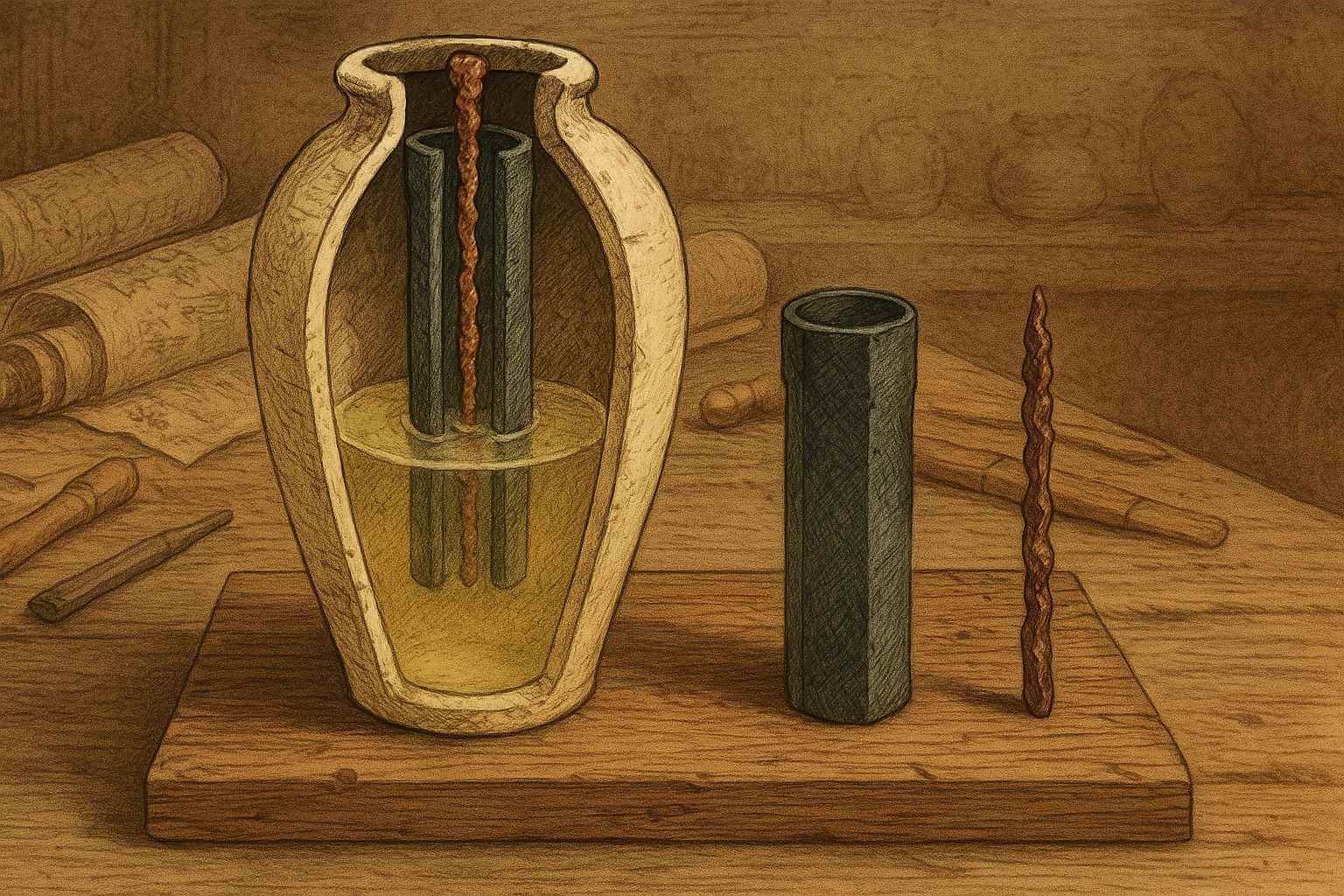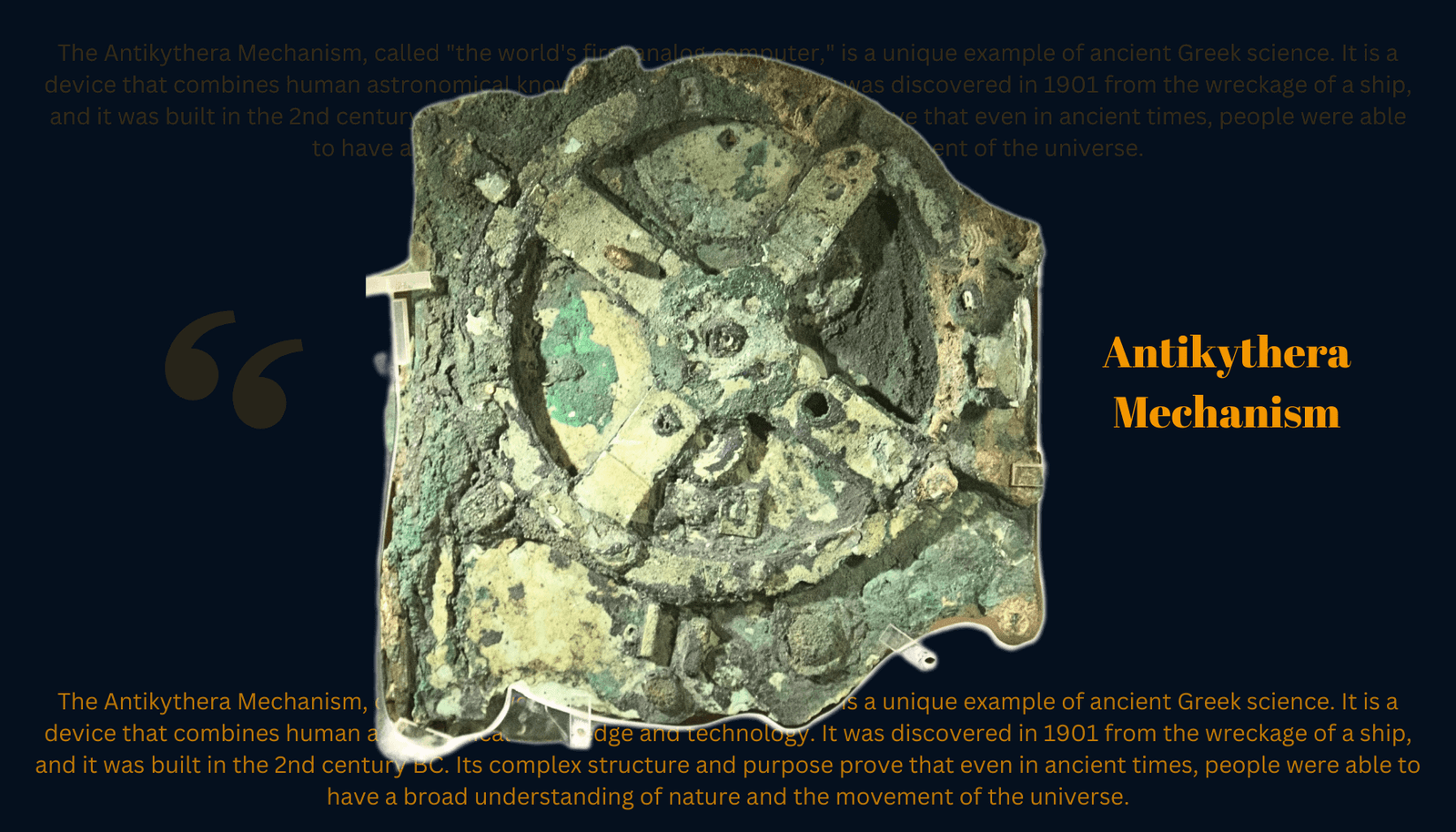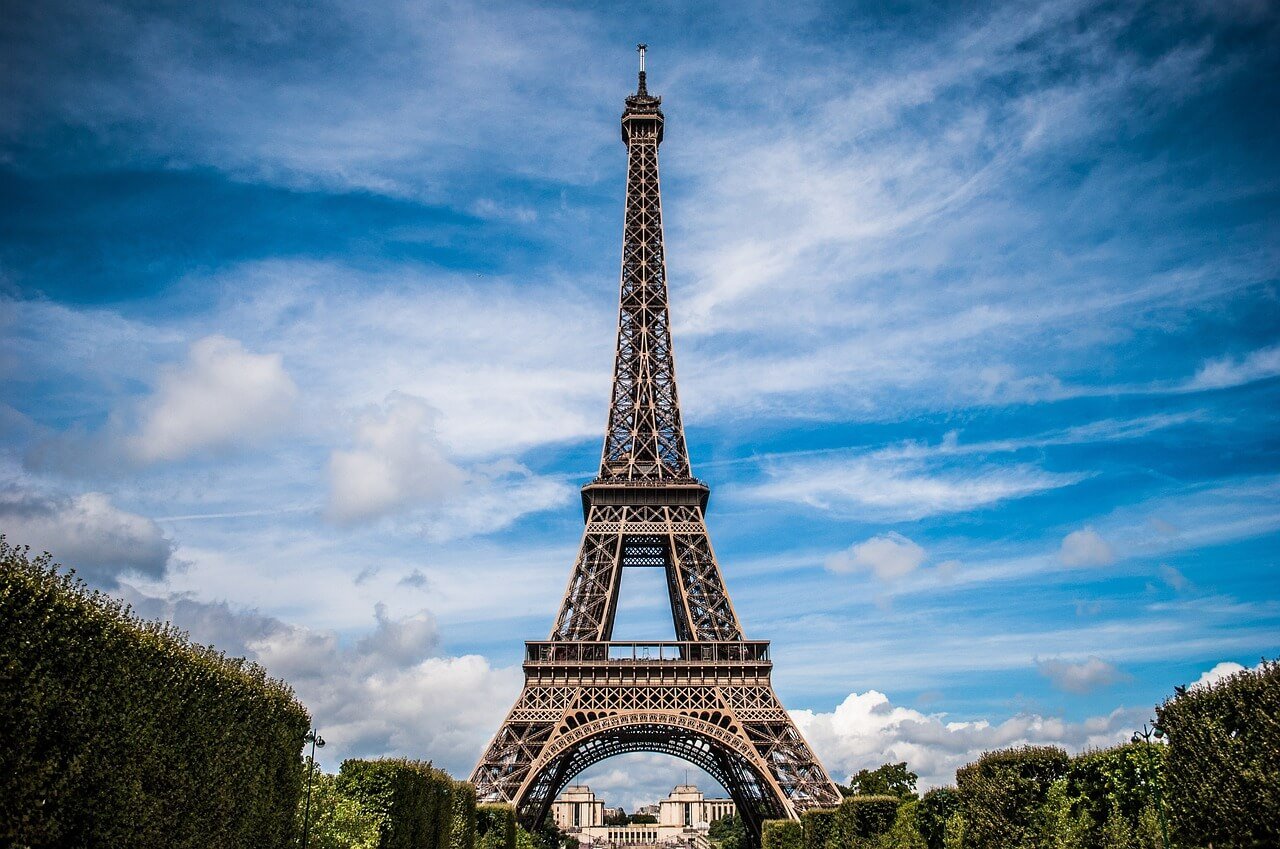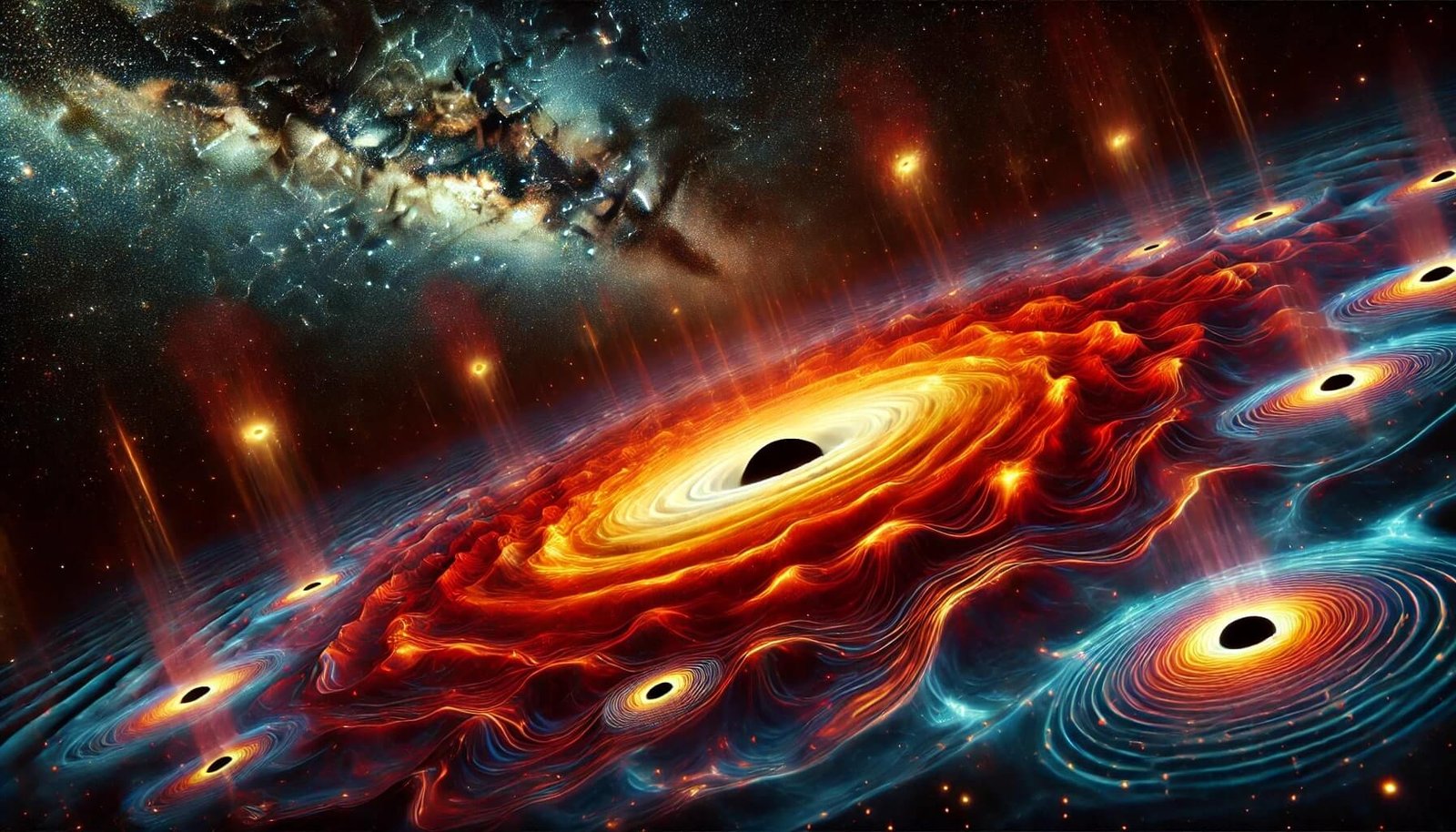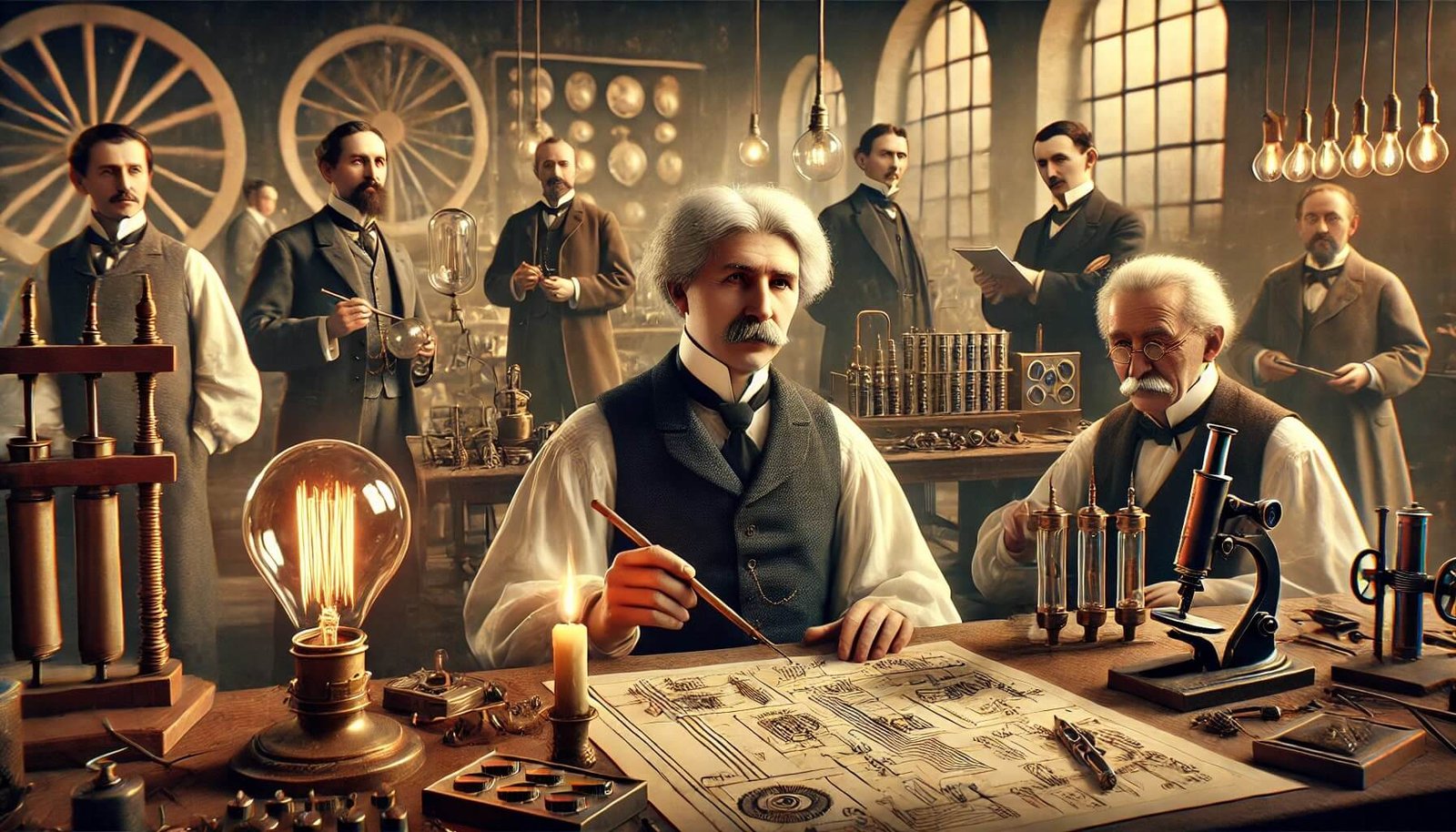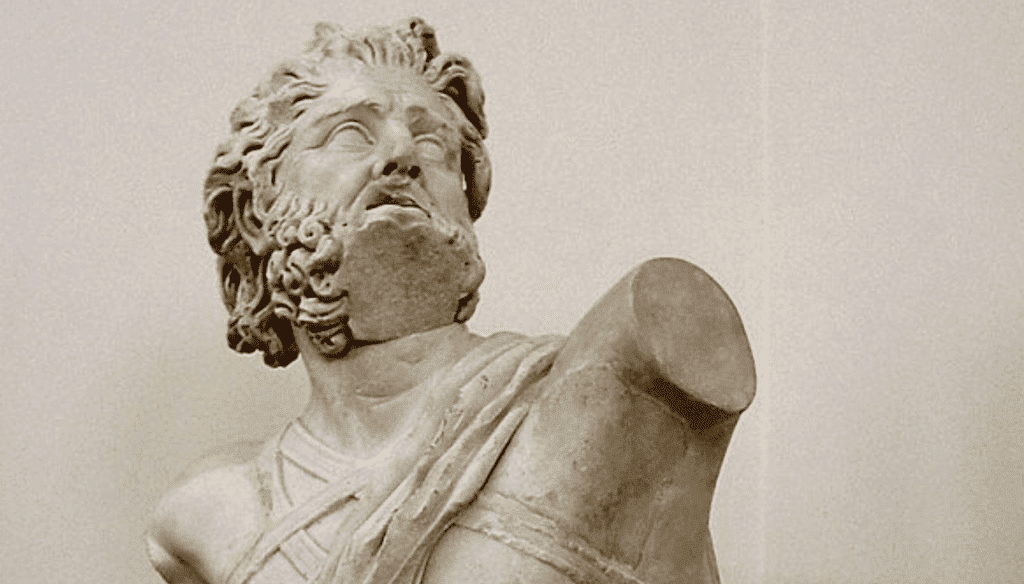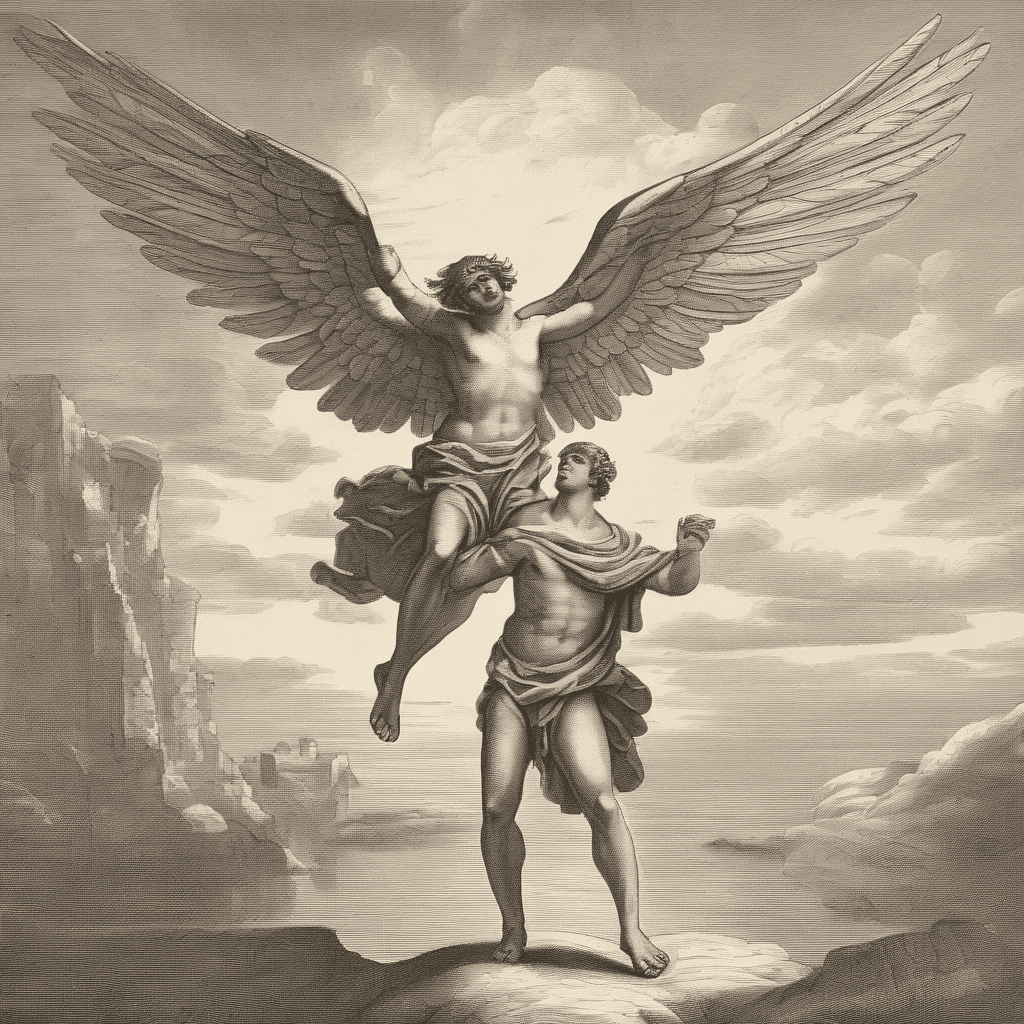
Japanese Art History: Evolution, Techniques, and Global Influence
Discover the rich Japanese art history, from traditional Japanese art to modern trends. Learn about key Japanese painting techniques, influential Japanese artists, and the evolution of Japanese art over time.
- March 13, 2025
- 8:48 pm
Introduction to Japanese Art
Japanese art history is a fascinating journey through the rich cultural heritage of Japan, where traditional Japanese art has evolved from ancient times to the modern era. The history of Japanese art is not only a reflection of Japan’s dynamic societal changes but also a testament to the deeply ingrained spiritual, cultural, and philosophical values that shaped this art form over centuries. From ancient Japanese painting techniques to contemporary artistic expressions, the evolution of Japanese art showcases an intricate blend of symbolism, nature, and spirituality.
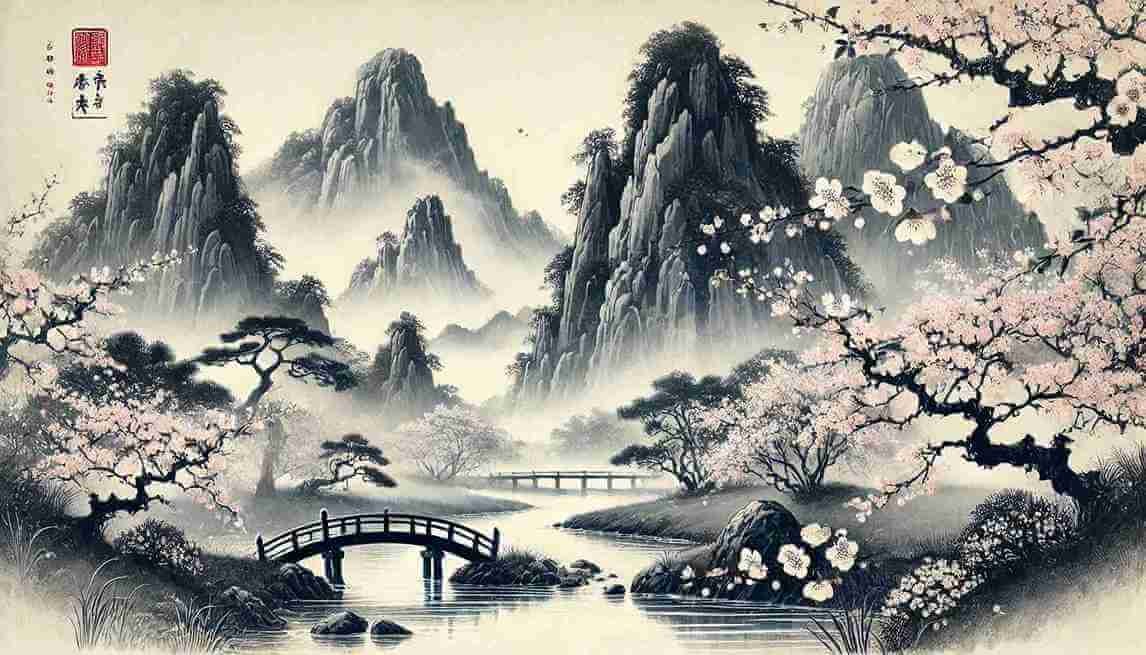
The History and Evolution of Japanese Art
The history of Japanese art dates back to ancient Japan, with early forms of art reflecting influences from neighboring countries like China and Korea. Over the centuries, Japan developed its unique artistic styles and techniques, particularly through the evolution of Japanese art during key historical periods.
From the classical artistry of the Heian period (794-1185) to the more innovative techniques seen during the Edo period (1603-1868), Japanese art history reflects a cultural shift from religious and spiritual themes to depictions of daily life, nature, and societal changes. The history of Japanese paintings took a distinct direction with the development of ukiyo-e, a woodblock printing style that was immensely popular during the Edo period and left a lasting impact on Western culture.
Throughout the centuries, traditional Japanese painting grew more refined, and art began to focus on a deeper connection with nature and the world around it. Each period in Japanese art history brought about new styles, materials, and techniques, further shaping Japanese art history and contributing to the rich tapestry of artistic expression we see today.
Major Art Periods in Japan
Understanding Japanese art periods is key to comprehending the development of Japanese art history. Each period in Japan had its unique characteristics that influenced the art history of Japan. During the ancient Japanese art phase, religious and cultural themes dominated, seen in early Buddhist paintings and sculptures. As time progressed, each period introduced new themes, techniques, and materials, ultimately influencing the art history in Japan.
The Japanese art periods are typically categorized as follows:
- Asuka and Nara Periods (538-794): These early periods saw the introduction of Buddhist influence in Japanese art, with sculptures and temples being central features.
- Heian Period (794-1185): This era is renowned for the creation of elegant, courtly art and the development of Japanese painting techniques like yamato-e, which depicted Japanese landscapes, court life, and mythology.
- Kamakura and Muromachi Periods (1185-1573): These periods brought a shift toward more realistic portrayals of the human form and landscapes, influenced by the rise of Zen Buddhism.
- Edo Period (1603-1868): Known for the flourishing of traditional Japanese art, the Edo period is most famous for ukiyo-e woodblock prints, featuring scenes of kabuki actors, landscapes, and beautiful women.
- Modern Japan (Meiji Period and Beyond): As Japan opened up to the West, it underwent rapid modernization. Despite these changes, Japanese art styles remained deeply rooted in tradition while embracing new ideas and techniques.
Learn More About Microplastic Pollution Solutions: Revolutionizing Clean Ocean
Galaxies Mystery
Galaxies are among the universe’s most mysterious and awe-inspiring structures, home to billions of stars, planets, and other celestial objects. One of the greatest enigmas is the presence of dark matter, an invisible substance that holds galaxies together through its gravitational pull. Within their cores, supermassive black holes lurk, consuming matter and emitting powerful jets of energy, shaping the galaxy’s evolution. Some galaxies defy explanation, such as those with almost no dark matter or stars moving at unimaginable speeds. Others, like quasars, shine with incredible luminosity, powered by ancient black holes. Galaxies are not only cosmic wonders but also hold the secrets to understanding the universe’s past, present, and future.
Traditional Japanese Art Forms
The beauty of traditional Japanese art lies in its diversity, from calligraphy and painting to sculpture and ceramics. One of the most iconic forms of traditional Japanese painting is Japanese ink wash painting (sumi-e), which uses simple yet expressive brushwork to create stunning landscapes, animals, and scenes from nature. This style exemplifies the philosophy of wabi-sabi, where beauty is found in imperfection and simplicity.
Another important aspect of traditional Japanese art is Japanese calligraphy, or shodo, which emphasizes fluid, controlled brushstrokes. Other key traditional art in Japan includes woodblock printing, ceramics, and textiles. Each of these art forms reflects the cultural importance of craftsmanship and the pursuit of perfection in the Japanese artistic tradition.
Techniques and Materials Used in Japanese Art
The materials and Japanese painting techniques used throughout history have evolved but always remained deeply tied to nature and tradition. Japanese art materials, such as ink, rice paper, and natural pigments, continue to play a crucial role in creating works of art. Japanese ink wash painting employs various brush techniques to achieve depth and texture, while traditional paintings often use mineral pigments that enhance the vibrancy of colors.
Traditional Japanese painting is often focused on harmonious compositions, using space and brushstrokes to create balance. The use of Japanese art symbolism is also prevalent, with motifs like cherry blossoms, cranes, and pine trees symbolizing transient beauty, longevity, and strength, respectively.
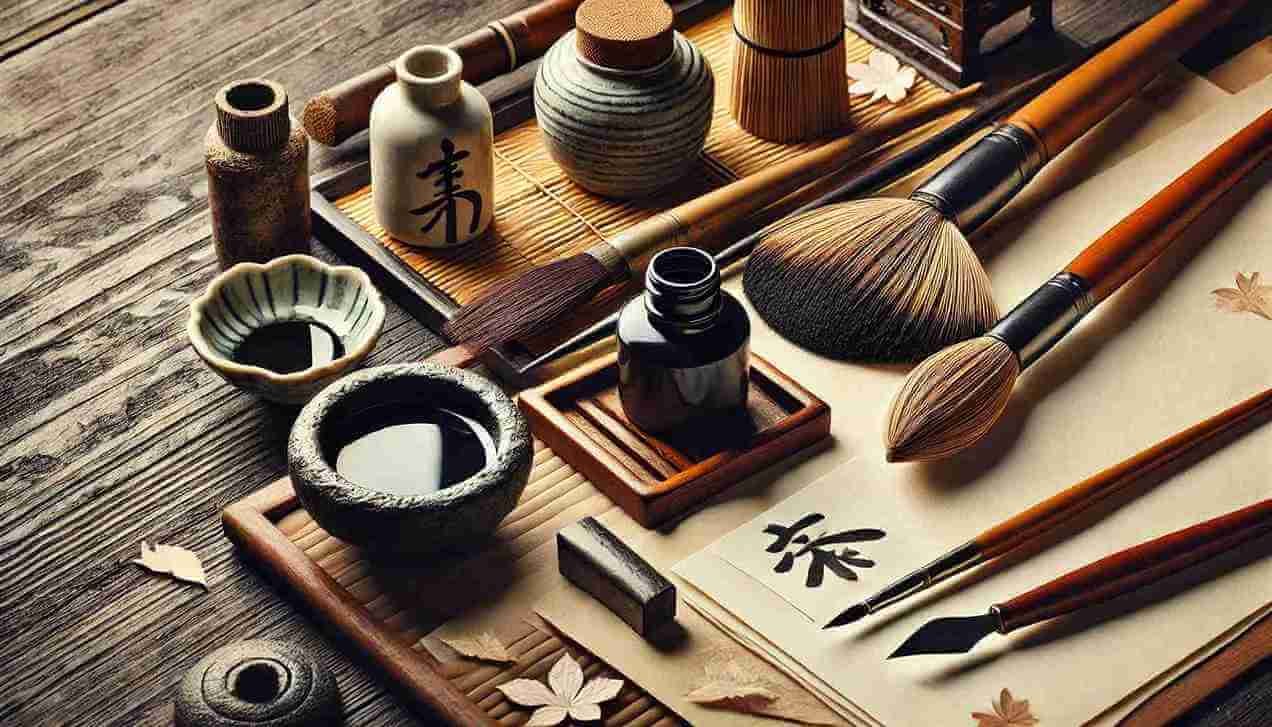
The Cultural and Philosophical Influence on Japanese Art
The cultural and philosophical influence on Japanese art is deeply rooted in Japanese religious and spiritual traditions. Buddhism, Shintoism, and Zen philosophy have all contributed to the symbolism and emotional depth seen in Japanese art history. The Buddhist emphasis on impermanence is reflected in the fleeting beauty found in nature, and Zen Buddhism’s focus on simplicity and meditation is seen in the quiet elegance of traditional Japanese painting techniques.
Nature has always been a central theme in Japanese art, with many pieces dedicated to depicting the natural world in all its forms. This reverence for nature extends beyond art and into daily life, where nature is seen as a reflection of the divine.
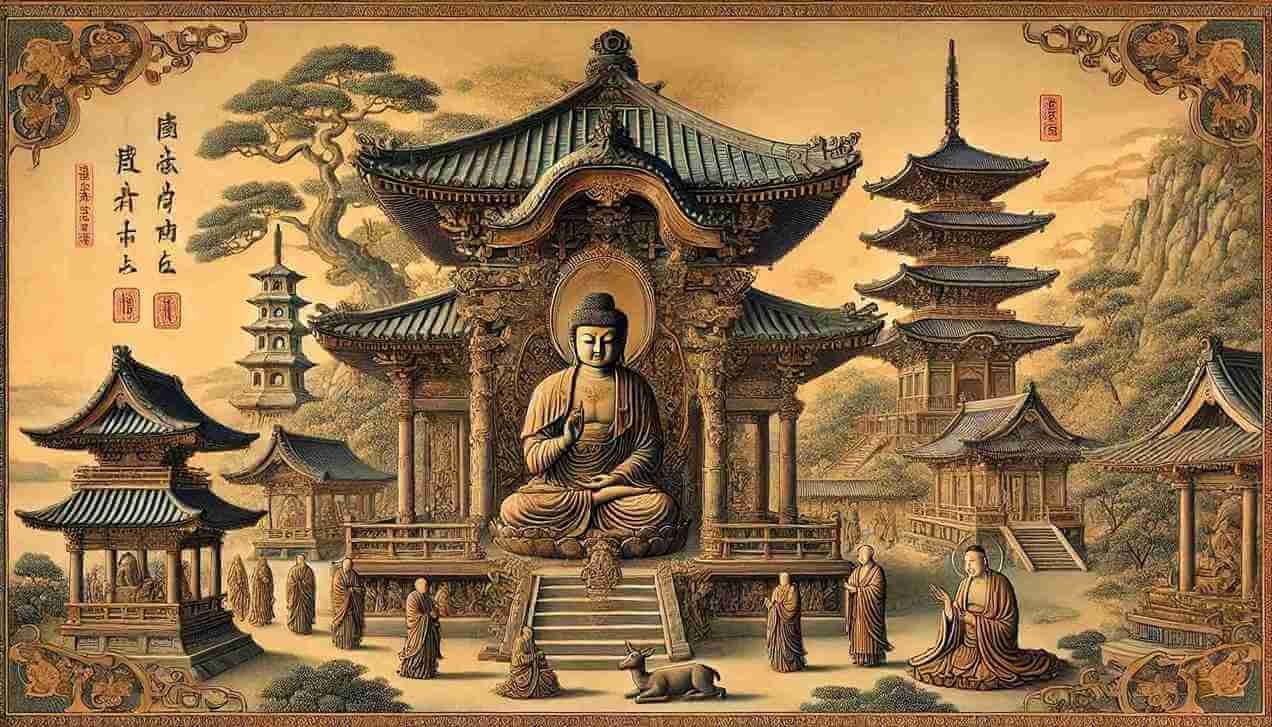
Famous Japanese Artists and Their Contributions
Over the centuries, influential Japanese artists have made significant contributions to the history of Japanese art. Katsushika Hokusai is perhaps the most famous, known for his woodblock prints, especially “The Great Wave off Kanagawa.” Hokusai’s Japanese art styles introduced perspective and depth in a way that was groundbreaking for his time.
Another important figure is Ando Hiroshige, whose landscapes captured the transient beauty of nature and urban life. His works, like “The Fifty-Three Stations of the Tōkaidō,” showcase the emotional depth of Japanese art, influencing artists across the world.
The Role of Nature in Japanese Art
Nature has played a significant role in Japanese art history. In both traditional Japanese art and modern works, nature is not just a subject but a way of expressing deeper truths about human existence. The changing seasons, the beauty of flowers, and the majesty of mountains are recurring motifs in Japanese painting techniques, symbolizing the fleeting beauty of life and the balance between humanity and the natural world.

Time and Effort Required to Create Japanese Art
Mastering traditional Japanese art techniques requires immense dedication and time. From Japanese ink wash painting to ceramics, artists spend years refining their craft, learning to control their brushwork, and understanding the materials used. The precision and subtlety required in creating works of art in this tradition mean that learning how to create traditional Japanese art is a lifelong pursuit, often passed down from master to apprentice.
The Global Influence of Japanese Art
Japanese art influence on Western culture has been profound. During the 19th century, Japanese prints, particularly ukiyo-e, inspired Western artists such as Vincent van Gogh, Claude Monet, and Edgar Degas. These artists incorporated aspects of Japanese art styles into their own work, particularly in terms of composition, color, and perspective.
Today, Japanese art continues to influence global culture, from traditional painting to contemporary Japanese art trends like manga and anime. The timeless appeal of Japanese art has made it an integral part of the world’s artistic heritage.
Preservation of Traditional Japanese Art in the Modern Era
In today’s fast-paced world, preserving traditional Japanese art is more important than ever. Museums, galleries, and cultural organizations in Japan and abroad are working to maintain and promote the rich artistic heritage of Japan. Despite modernization, the core principles of Japanese painting techniques continue to be practiced and cherished, ensuring that future generations can appreciate the beauty and depth of this cultural treasure.

Conclusion: The Timeless Appeal of Japanese Art
The history of Japanese art is a testament to the beauty, spirituality, and cultural depth of Japan. From ancient Japanese art to the modern-day, Japanese art history continues to captivate audiences around the world with its unique blend of tradition and innovation. Whether in traditional Japanese ink wash painting, contemporary manga, or modern galleries, the enduring appeal of Japanese art will continue to influence and inspire for generations to come.



